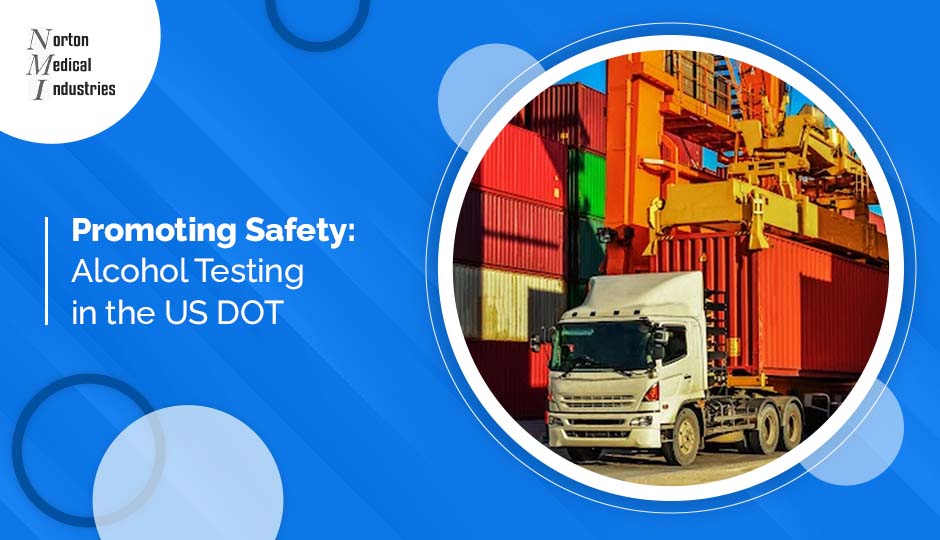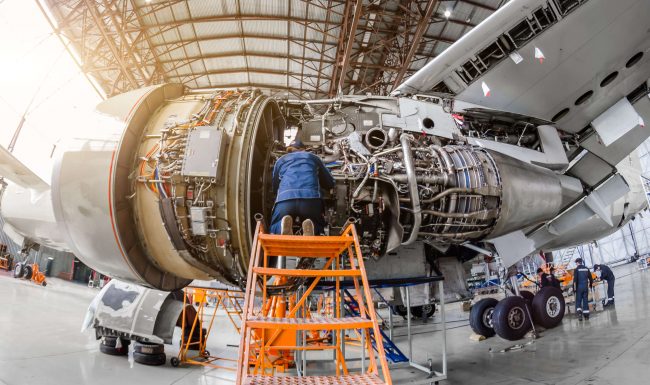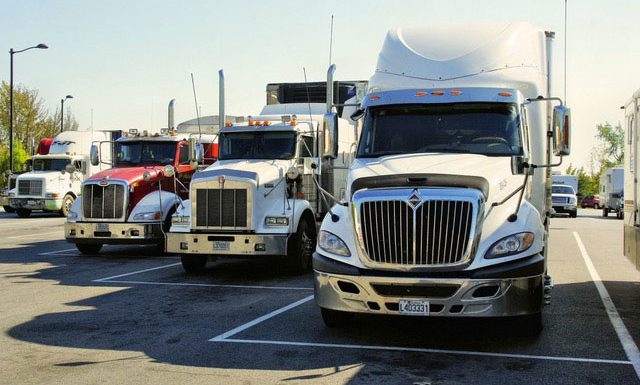Introduction
Alcohol testing plays a crucial role in ensuring the safety of drivers and the general public on the roads. The US Department of Transportation (DOT) has implemented various regulations and testing protocols to discourage the use of alcohol while operating commercial vehicles. In this blog post, we will discuss the significance of alcohol testing in the DOT, focusing on preliminary and random testing requirements, as well as recent statistics that highlight the effectiveness of these measures.
Preliminary Alcohol Testing
Contrary to common belief, preliminary alcohol testing is not mandatory under the US DOT regulations. While it is an essential tool for law enforcement officers during traffic stops, it is not a requirement for all commercial drivers. However, this does not undermine the importance of random alcohol testing, which is indeed mandated by the DOT.
Preliminary alcohol testing is not required. Random alcohol testing is required by the US DOT
The FMCSA has 3.6 million drivers registered in 2022. 360,000 random alcohol tests were conducted in 2022 and 1500 drivers tested positive. That is a positive rate of .004
This is remarkable because so few drivers tested positive. The purpose of random testing is to discourage the use of drugs and alcohol while at work. In February 2023 this year 143 drivers tested positive for alcohol
Random Alcohol Testing:
Random alcohol testing is a critical component of the DOT’s efforts to maintain a safe and drug-free environment in the transportation industry. The Federal Motor Carrier Safety Administration (FMCSA), a division of the DOT, oversees the implementation of random alcohol testing for commercial drivers. These tests are conducted without prior notice to discourage the use of alcohol while at work.
Statistics on Random Alcohol Testing: In 2022, there were approximately 3.6 million registered drivers under the FMCSA. Out of this vast pool, 360,000 random alcohol tests were conducted throughout the year. The results of these tests revealed that only 1,500 drivers tested positive for alcohol. Considering the total number of tests conducted, this translates to a positive rate of just 0.004%.
Remarkably Low Positive Rate
The remarkably low positive rate of 0.004% highlights the effectiveness of random alcohol testing in the US DOT. This statistic demonstrates that the majority of commercial drivers understand the importance of sobriety while operating vehicles and adhere to the regulations set forth by the DOT. The primary purpose of random testing is to deter the use of alcohol and drugs among drivers, ensuring safer roads for everyone.
Recent Incidents
While the overall positive rate is low, it is essential to remain vigilant in enforcing alcohol testing protocols. In February 2023, 143 drivers tested positive for alcohol, serving as a reminder that constant monitoring and enforcement are necessary to maintain safety standards. These incidents emphasize the importance of ongoing efforts to prevent alcohol-impaired driving in the transportation industry.
Conclusion
Alcohol testing is a crucial component of the US DOT’s commitment to road safety. While preliminary alcohol testing is not mandatory, random alcohol testing serves as a powerful deterrent against alcohol use while operating commercial vehicles. The low positive rate of 0.004% indicates that the majority of drivers comply with the regulations, further ensuring the safety of our roads. Nevertheless, recent incidents remind us of the continuous need for robust testing protocols and ongoing vigilance in combating alcohol-impaired driving. Through effective testing and enforcement, the US DOT remains dedicated to promoting a safer transportation environment for all.









